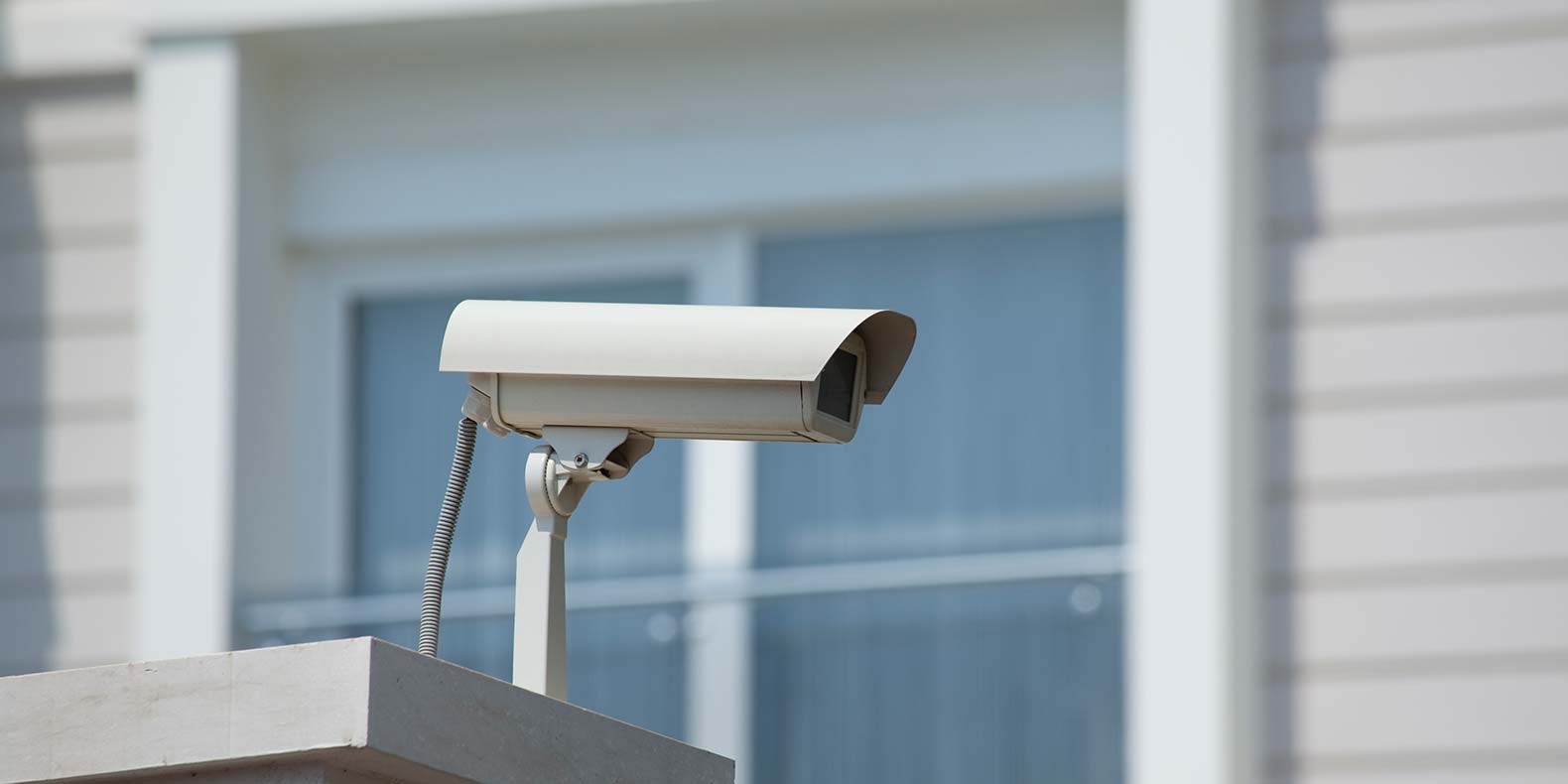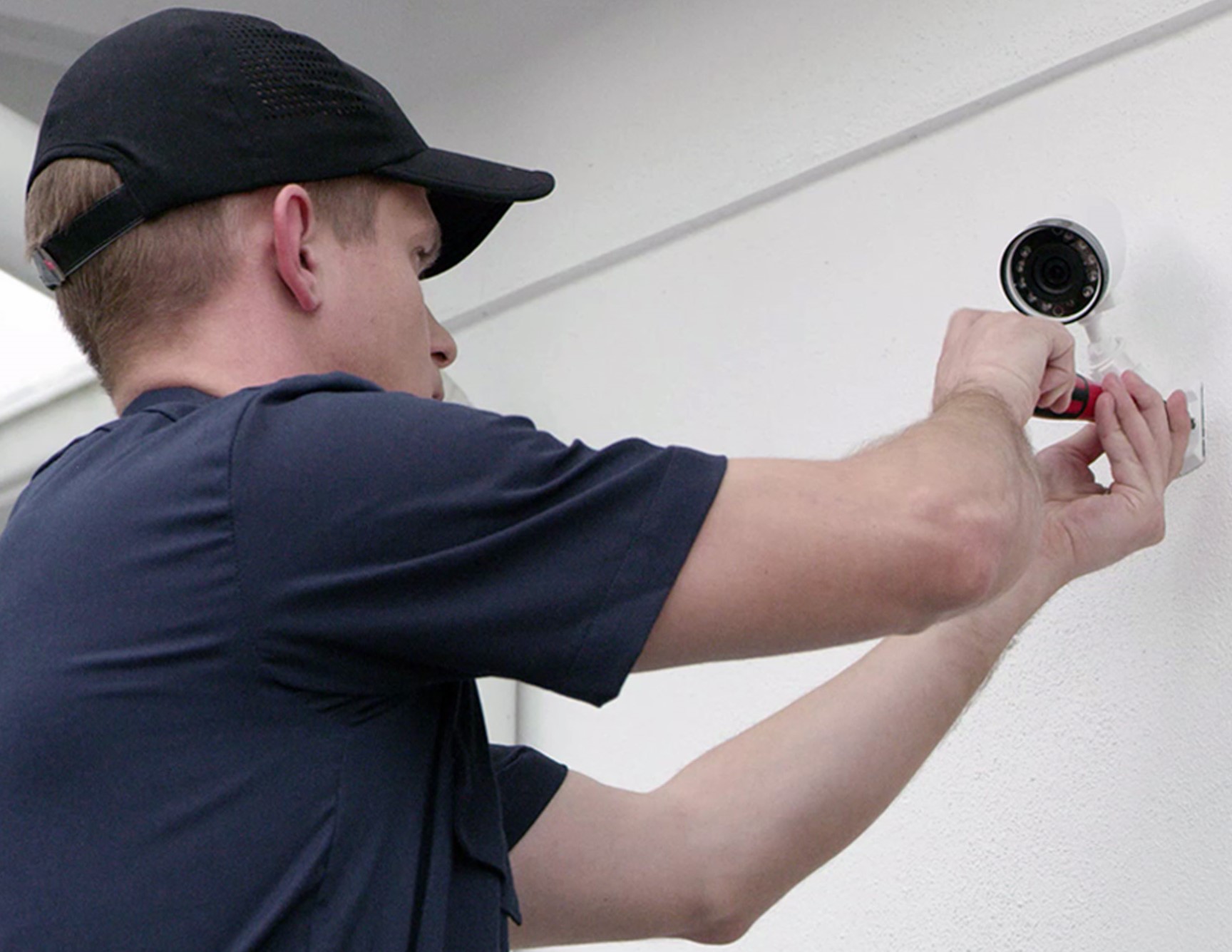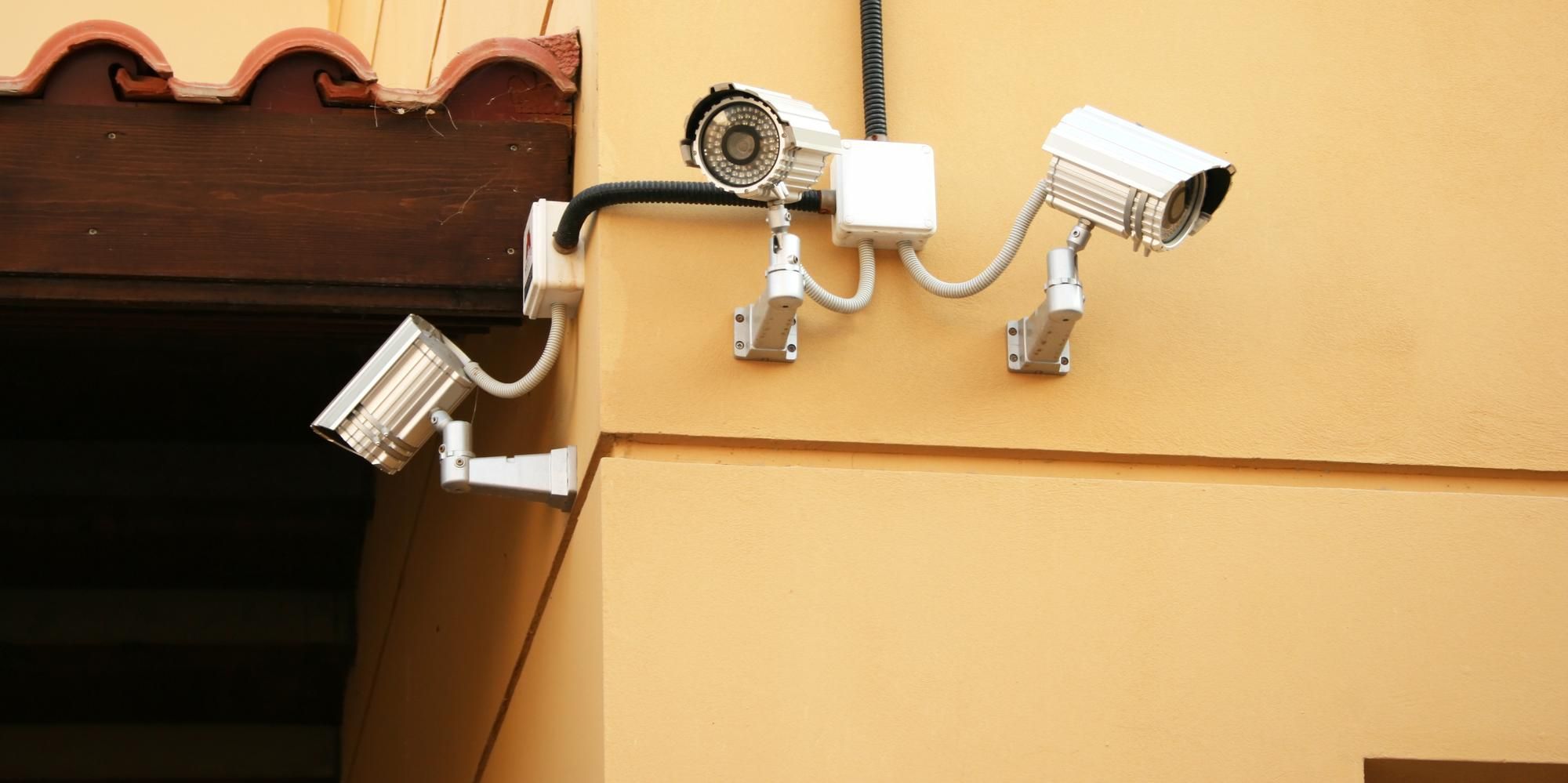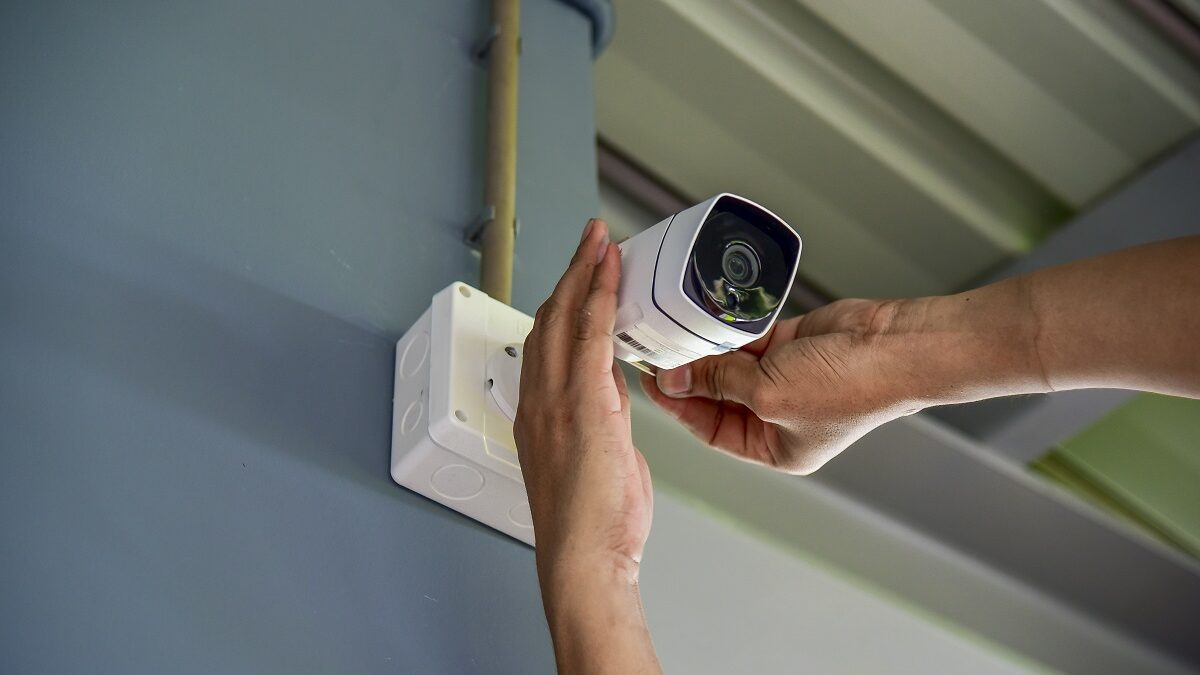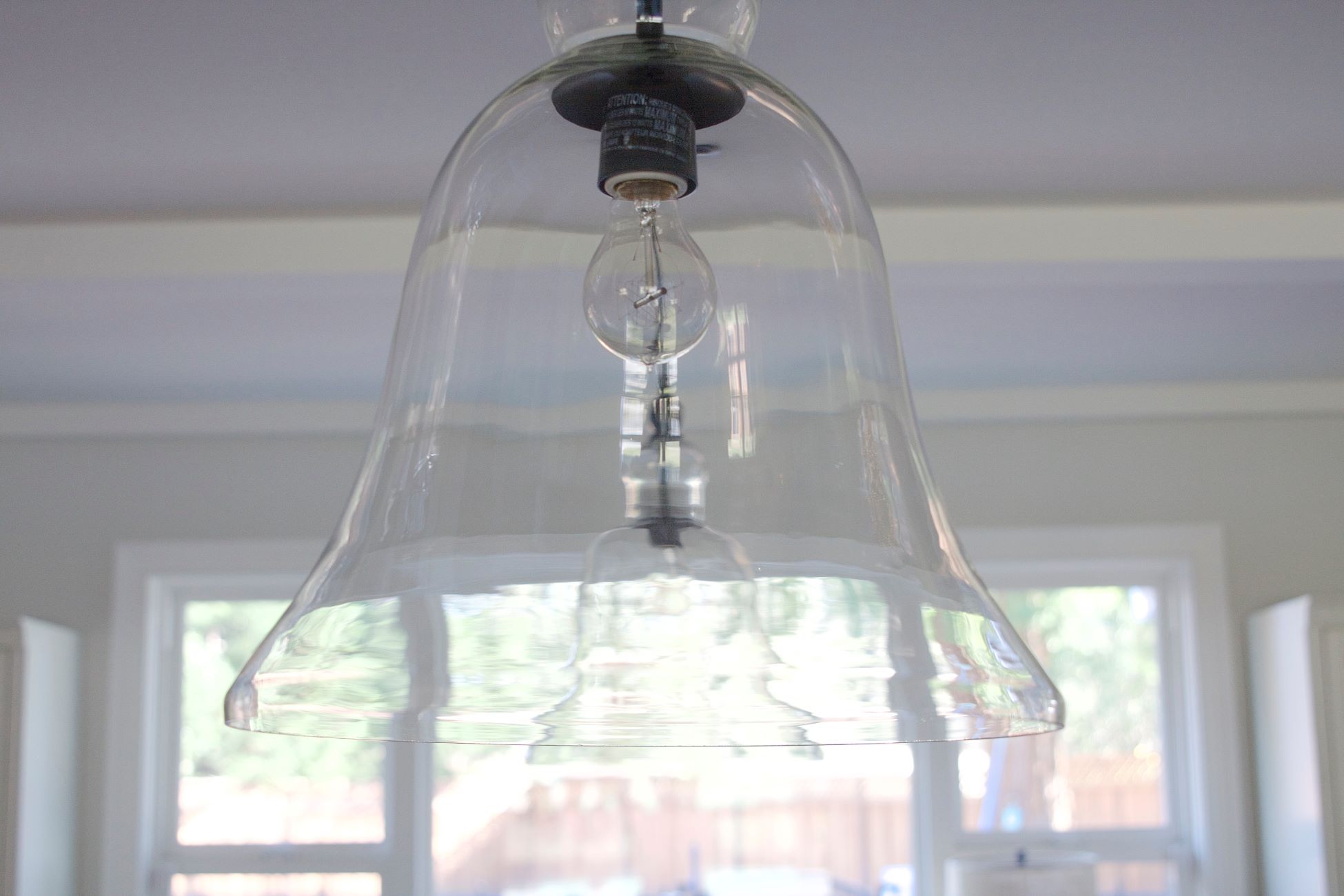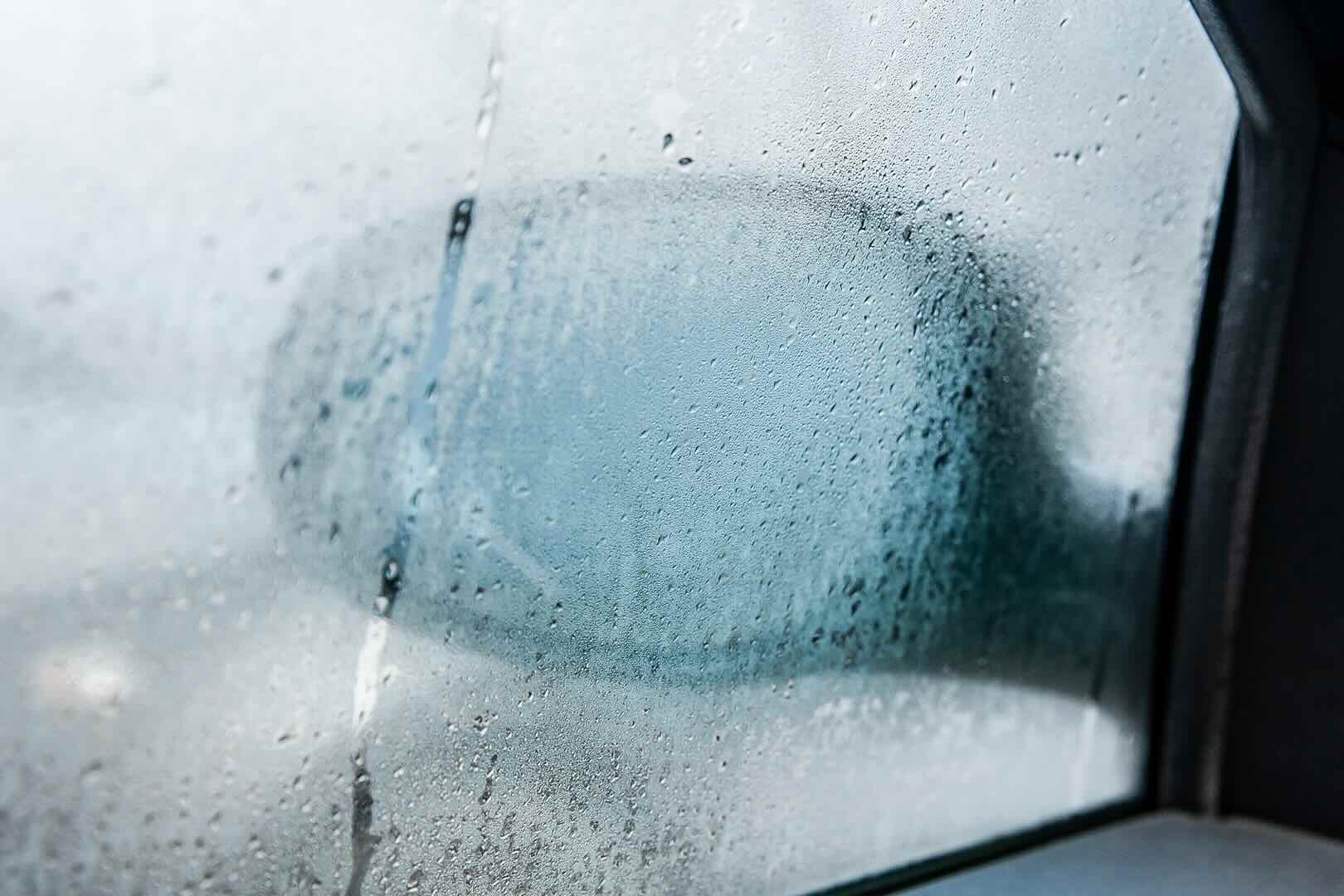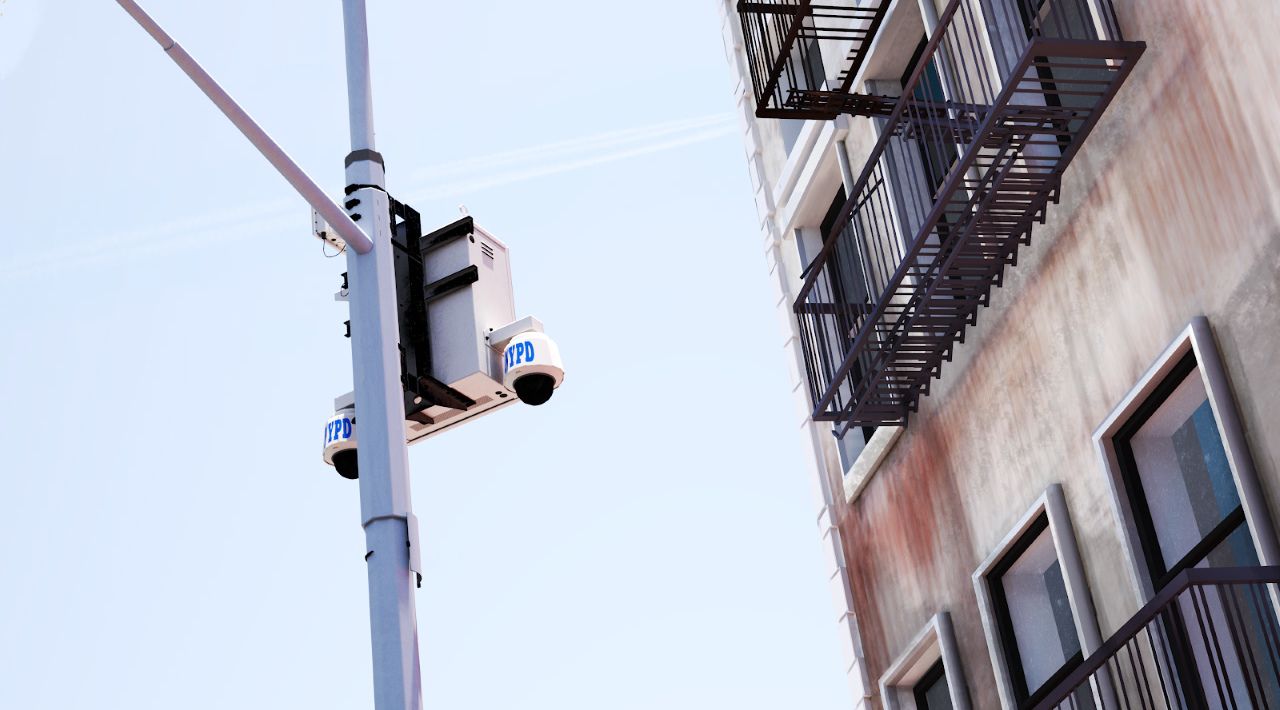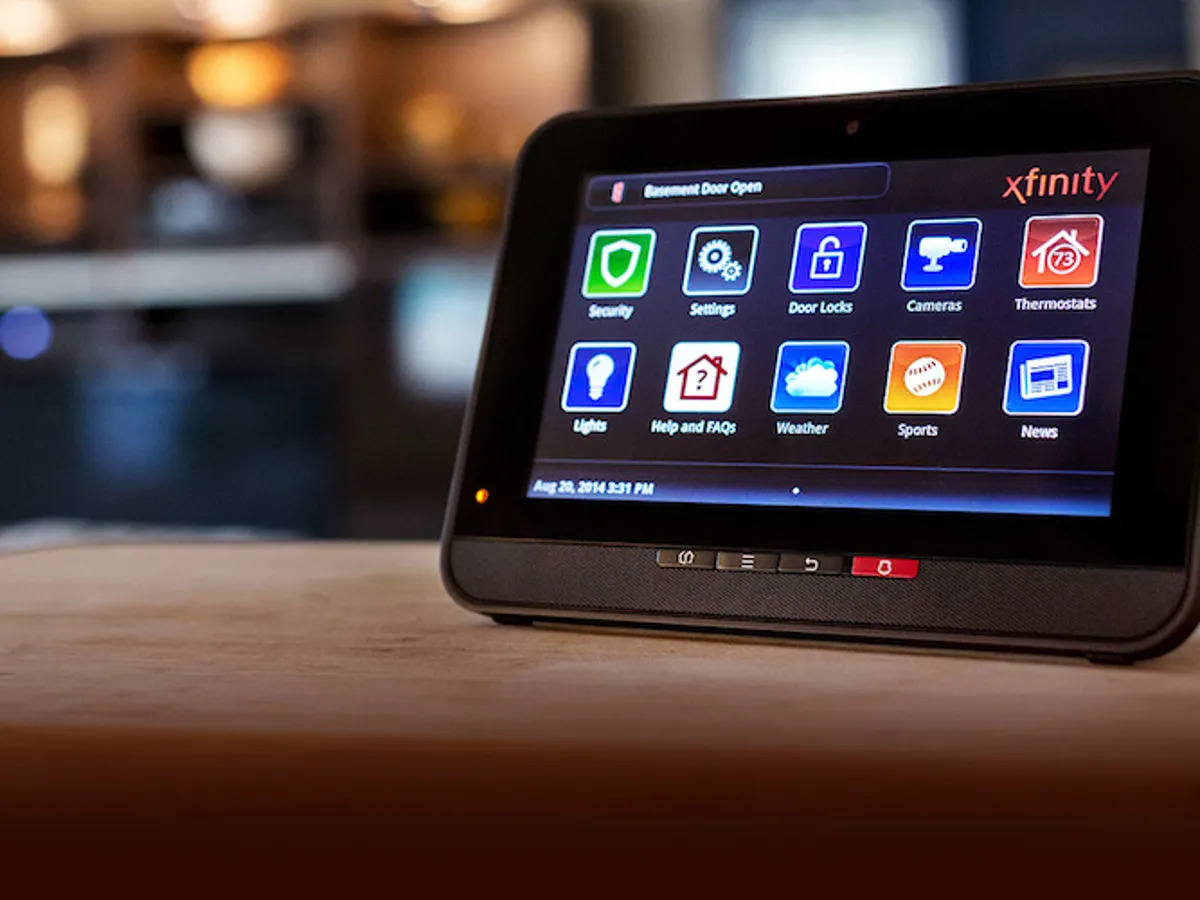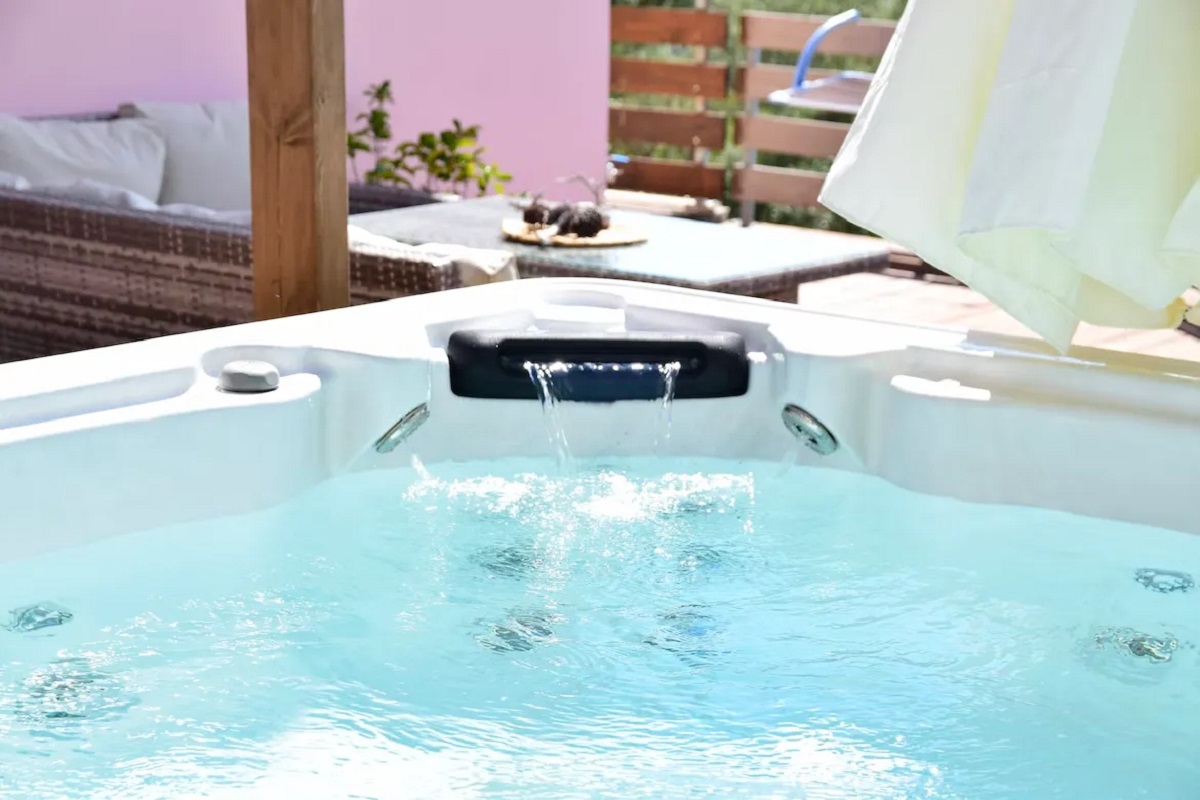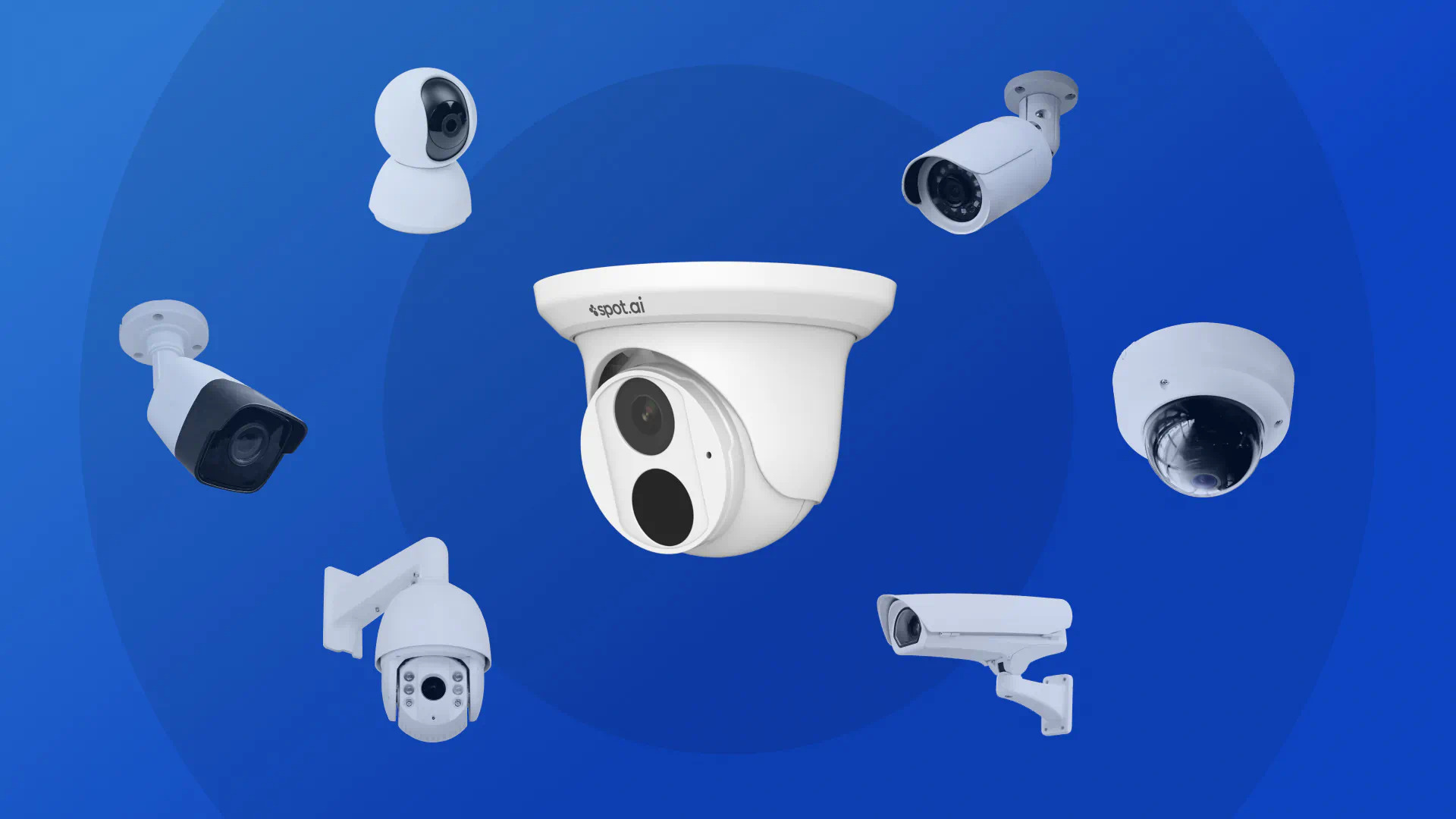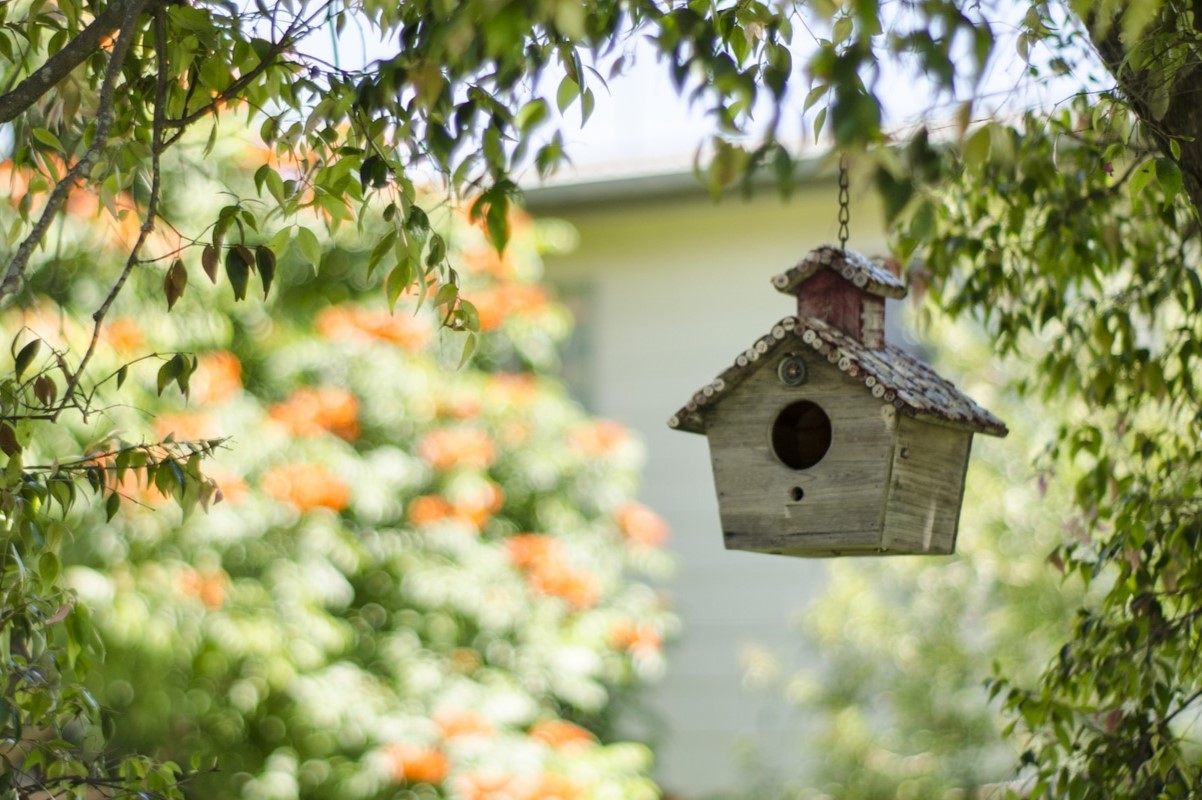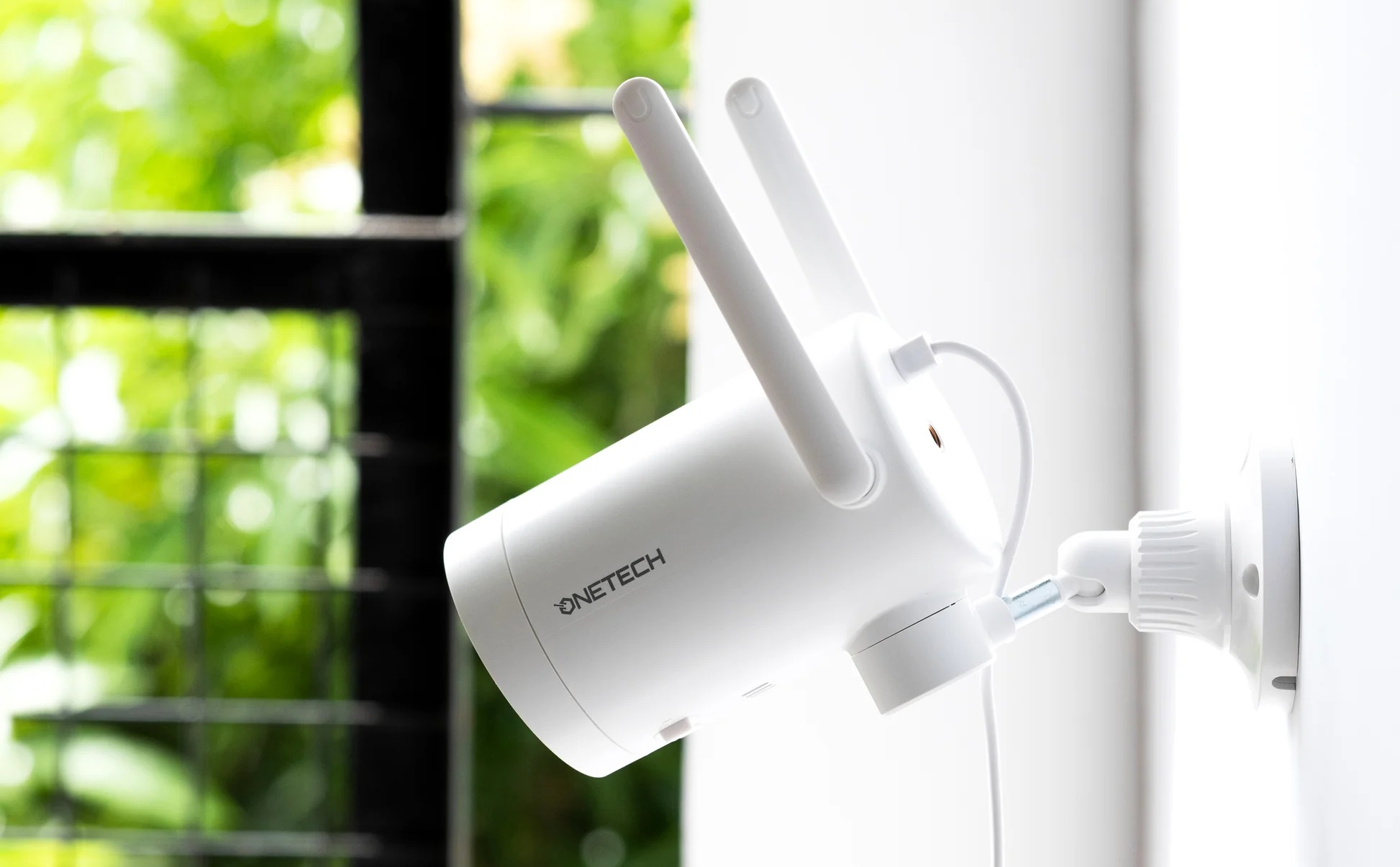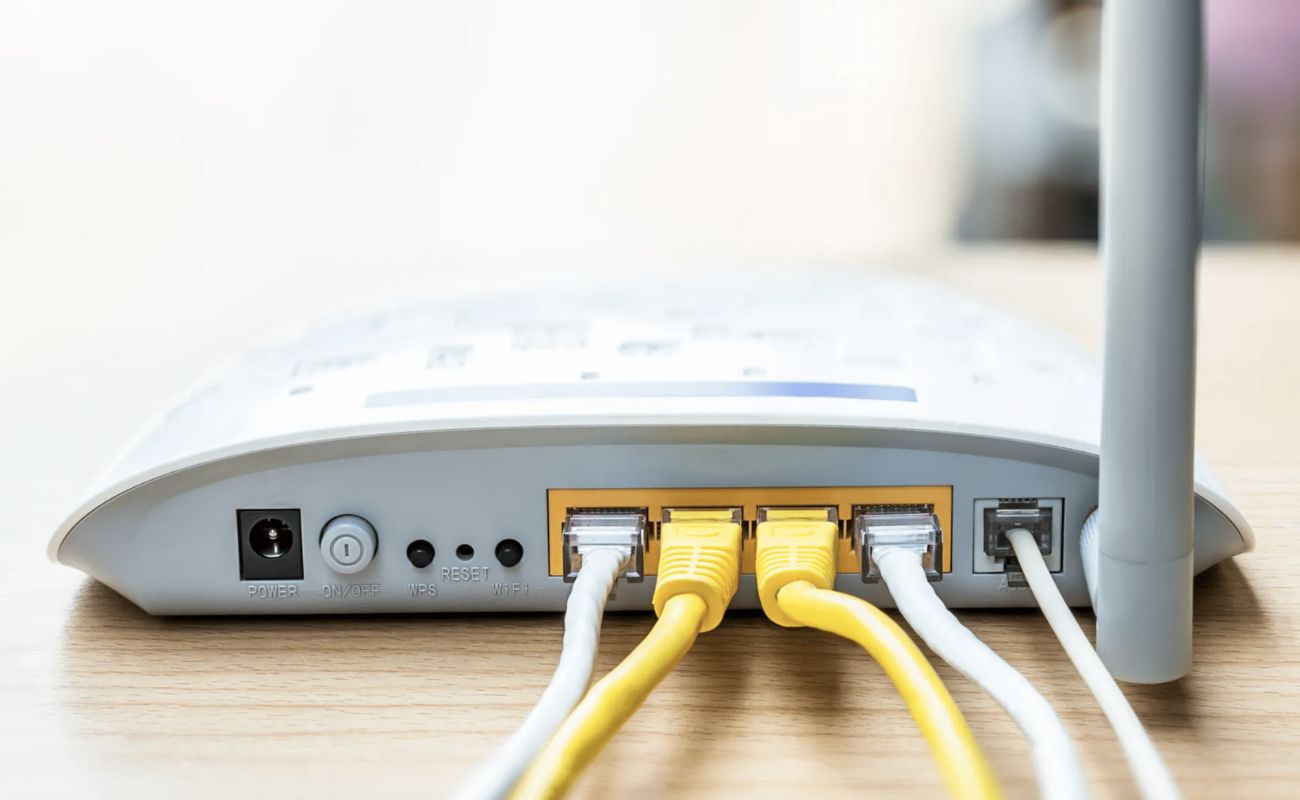Home>Home Security and Surveillance>How To Keep Security Cameras Clear When Foggy
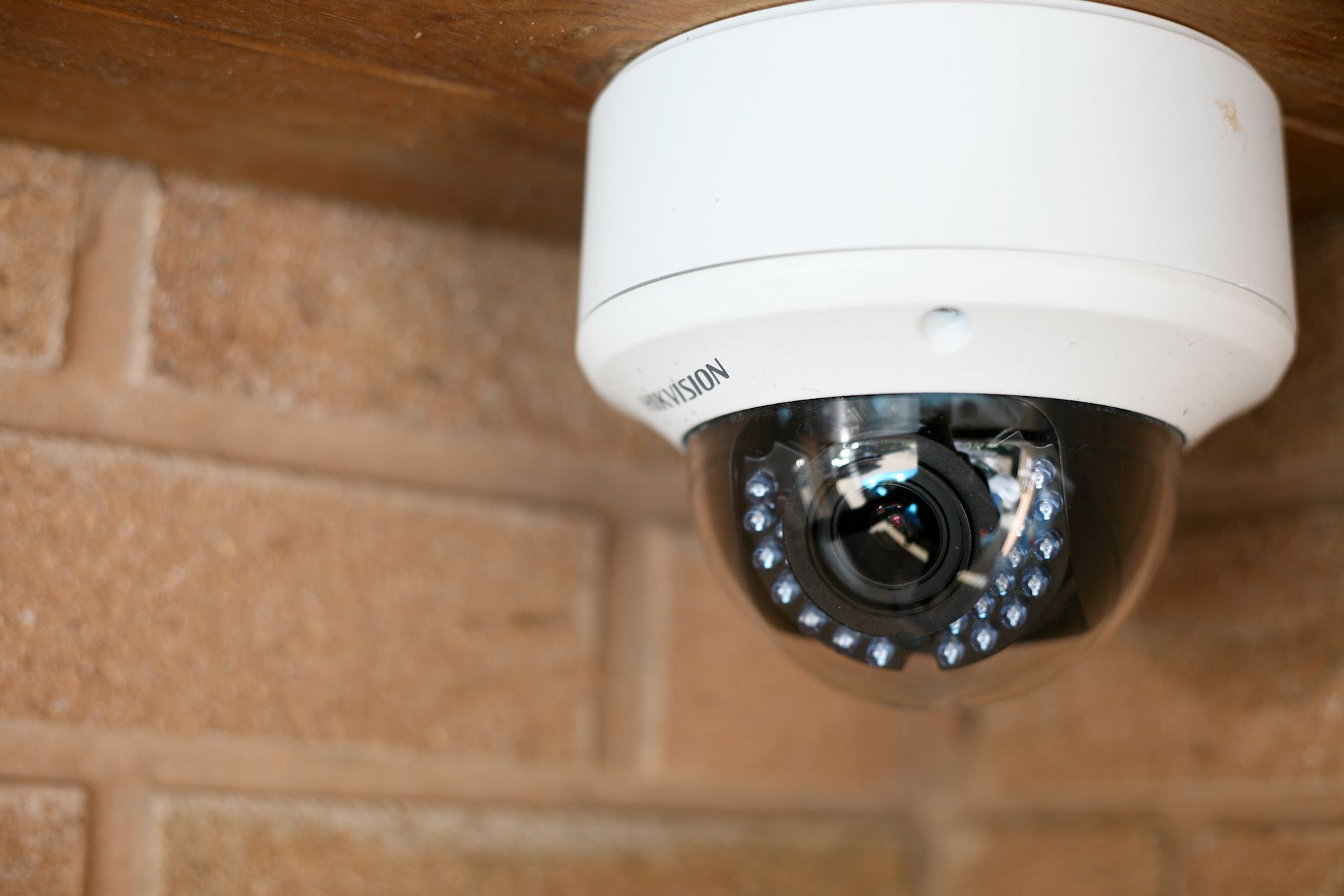

Home Security and Surveillance
How To Keep Security Cameras Clear When Foggy
Modified: March 6, 2024
Discover effective tips and strategies for maintaining clear visibility on your home security and surveillance cameras, even in foggy conditions. Improve your overall security with these helpful techniques.
(Many of the links in this article redirect to a specific reviewed product. Your purchase of these products through affiliate links helps to generate commission for Storables.com, at no extra cost. Learn more)
Introduction
Welcome to our comprehensive guide on how to keep your security cameras clear when faced with foggy conditions. As homeowners, our top priority is to ensure the safety and security of our property and loved ones. One of the most effective tools in achieving this goal is installing high-quality security cameras that can capture any potential threats or incidents.
However, when faced with foggy weather, the clarity of surveillance footage can be greatly compromised. Fog can obscure the visibility of security cameras, making it difficult to capture clear and accurate images. In this article, we will explore various measures and tips to overcome this challenge and ensure that you have clear visibility even in foggy conditions.
We will discuss the impact of fog on security cameras, the importance of proper camera placement, the use of anti-fog solutions, regular maintenance and cleaning, as well as alternative solutions to achieve clear visibility in foggy weather.
By implementing the strategies and techniques outlined in this article, you can ensure that your security cameras maintain optimal performance and provide you with reliable surveillance, regardless of the weather conditions. So, let’s dive in and discover how to keep your security cameras clear when facing foggy conditions!
Key Takeaways:
- Don’t let fog compromise your security cameras. Choose fog-resistant housings, proper placement, and anti-fog solutions to ensure clear visibility and reliable surveillance in challenging weather conditions.
- Regular maintenance, alternative solutions, and strategic camera placement are key to overcoming foggy conditions. With the right approach, your security cameras can maintain optimal performance and keep your property safe.
Read more: When Was Security Camera Invented
Understanding the Impact of Fog on Security Cameras
Fog is a meteorological phenomenon that occurs when tiny water droplets suspend in the air, creating a thick mist that reduces visibility. When foggy conditions arise, security cameras can be affected in several ways, hindering their ability to capture clear footage.
One primary impact of fog is the reduction of contrast and clarity in the camera’s field of view. The water droplets in the air scatter the light, creating a hazy effect that makes it challenging to distinguish objects and details. This reduces the overall effectiveness of security cameras in detecting any potential threats or movements.
Another issue caused by fog is the deposition of moisture on the camera lenses. As the temperature drops, the moisture in the air condenses on the lens surface, creating a thin layer of water droplets. This moisture can obstruct the camera’s view and result in blurry or distorted images.
Moreover, fog can lead to the accumulation of dew on the camera housing or external surfaces. This moisture build-up can not only obscure the lens but also impact the overall performance and reliability of the camera system.
It’s important to note that the impact of fog on security cameras can vary depending on the severity of the fog and the camera’s design and quality. High-quality cameras with advanced image processing capabilities and weather-resistant features are generally more resistant to the negative effects of fog.
Now that we understand the impact of fog on security cameras, let’s explore some practical tips to prevent fogging and ensure clear visibility in foggy conditions.
Tips for Preventing Fog on Security Cameras
When it comes to preventing fog on security cameras, there are several measures you can take to maintain clear visibility. By implementing the following tips, you can minimize the impact of fog and ensure that your surveillance system functions optimally:
- Choose the Right Camera Housing: Opt for camera housings that are specially designed to resist fogging. These housings often feature built-in heaters or fans to regulate temperature and prevent condensation on the lens.
- Install Cameras in Sheltered Areas: Position your security cameras in areas that are less exposed to the direct impact of fog. Placing them under eaves, awnings, or installing them under protective enclosures can help reduce the amount of moisture that reaches the camera lens.
- Use Heater Elements: Incorporate heater elements in your camera system to manage temperature fluctuations. These heating elements can be attached to the camera housing or positioned near the lens to prevent fogging caused by condensation.
- Ensure Proper Ventilation: Proper ventilation is essential in preventing fog-related issues. Ensure that the camera housing has vents or fans to allow air circulation and minimize the chances of fog formation.
- Seal Cable Entry Points: Seal any openings or cable entry points in the camera housing to prevent moisture from entering. This can be achieved using weatherproof grommets or sealants.
- Install Rain Guards or Protective Shields: Attach rain guards or protective shields to the camera housing to deflect rain and moisture away from the lens. This can help prevent the accumulation of water droplets on the lens surface.
- Invest in Thermal Imaging Cameras: Consider using thermal imaging cameras that are less affected by fog. These cameras detect heat signatures rather than relying solely on visual clarity, making them more suitable for capturing images in low visibility conditions.
- Monitor Weather Conditions: Stay informed about weather conditions in your area. By being aware of approaching foggy conditions, you can prepare your camera system in advance and implement necessary precautions to maintain clear visibility.
By following these tips, you can significantly reduce the impact of fog on your security camera system and ensure that your surveillance footage remains clear and reliable even in challenging weather conditions.
Proper Placement of Security Cameras
The placement of security cameras plays a crucial role in their performance and effectiveness, especially when it comes to combating foggy conditions. Here are some guidelines to consider for the proper placement of your security cameras:
- Elevated Position: Mount the cameras at an elevated position to maximize their field of view. This helps in capturing a wider area and reduces the chances of fog obstructing the camera’s view.
- Avoid Obstructions: Ensure that the cameras have a clear line of sight by placing them away from any obstructions such as trees, buildings, or other objects that could block the camera’s view. This minimizes the interference caused by fog settling on these obstructions.
- Angle Adjustments: Tilt and adjust the camera angles appropriately to focus on critical areas while minimizing the impact of fog. Experiment with different angles to find the optimal position that provides clear visibility even in foggy conditions.
- Strategic Coverage: Identify and prioritize the areas that are most susceptible to security threats. Install cameras in strategic positions that cover entrances, driveways, and other vulnerable areas to ensure comprehensive surveillance.
- Consider Multiple Cameras: In larger properties or areas prone to heavy fog, consider using multiple cameras to provide overlapping coverage. This reduces the likelihood of significant visibility loss if one camera gets affected by fog.
- Remote Viewing Access: Depending on the layout of your property, consider positioning cameras closer to your home or main surveillance hub. This allows for easier access to the cameras during foggy conditions and facilitates remote monitoring.
- Use Infrared Illumination: Install cameras equipped with infrared illumination capabilities in areas where visibility may be compromised. Infrared technology allows cameras to capture clear images even in low-light or foggy conditions.
- Regular Testing: It’s important to regularly test the camera feeds, especially during foggy weather. This allows you to identify any potential issues or reductions in image quality and make necessary adjustments to camera placement or settings.
By following these guidelines, you can ensure that your security cameras are optimally positioned to combat the challenges posed by fog. Proper placement enhances the overall performance of your surveillance system and improves the quality of captured footage, even in adverse weather conditions.
To keep security cameras clear when it’s foggy, regularly clean the camera lenses with a soft, dry cloth and consider using a camera housing with a built-in heater to prevent fogging.
Use of Anti-Fog Solutions
When it comes to combating fog on security cameras, the use of anti-fog solutions can be highly effective. These solutions are specially designed to minimize the impact of fog and provide clear visibility. Here are some commonly used anti-fog solutions:
- Fog-Resistant Coatings: Apply fog-resistant coatings to the camera lenses to create a hydrophobic surface that repels moisture. These coatings prevent the formation of water droplets and help maintain clear visibility in foggy conditions.
- Anti-Fog Films: Anti-fog films are transparent films that can be applied to the camera lens. These films contain anti-fog properties that prevent moisture from condensing on the lens surface, ensuring clear and uninterrupted visibility.
- Silica Gel Packs: Place silica gel packs inside the camera housing to absorb moisture and prevent fog formation. Silica gel is a desiccant that effectively absorbs humidity, keeping the camera lens clear and preventing fog-related issues.
- Heating Elements: Incorporate heating elements within the camera housing to regulate temperature and prevent condensation. These heating elements help to maintain a consistent temperature, minimizing the formation of moisture on the lens.
- Anti-Fog Wipes: Use specially designed anti-fog wipes to clean the camera lenses. These wipes contain anti-fog chemicals that remove any existing moisture and create a protective layer, preventing fog from forming on the lens surface.
When using anti-fog solutions, it’s important to follow the manufacturer’s instructions for proper application and maintenance. Regularly monitor the efficacy of the solution and reapply as needed to ensure consistent performance.
Keep in mind that the effectiveness of anti-fog solutions can vary depending on factors such as humidity levels, temperature, and the severity of the fog. It may be necessary to try different solutions or combinations to find the most effective option for your specific camera setup.
By utilizing anti-fog solutions, you can significantly reduce the impact of fog on your security cameras and maintain clear visibility, allowing your surveillance system to function optimally even in unfavorable weather conditions.
Read more: How To Keep Bugs Off Security Cameras
Regular Maintenance and Cleaning
Maintaining your security cameras through regular cleaning and maintenance is crucial to ensure optimal performance and clear visibility, especially in foggy conditions. Here are some important tips for maintaining and cleaning your security cameras:
- Check Camera Housing: Regularly inspect the camera housing for any signs of damage, cracks, or moisture build-up. Address any issues promptly to prevent further damage and maintain the integrity of the camera system.
- Clean Camera Lenses: Gently clean the camera lenses using a microfiber cloth or a lens cleaning solution. Remove any dust, dirt, or smudges that may obstruct visibility. Avoid using abrasive materials or harsh chemicals that could damage the lens surface.
- Clear Camera Housing: Ensure that the camera housing is free from debris, cobwebs, or any other obstructions that may interfere with visibility. Regularly clean the housing using a soft brush or compressed air to remove any accumulated dirt or particles.
- Inspect Cables and Connections: Check the cables and connections regularly to ensure they are properly secured and free from damage. Loose or damaged cables can lead to signal loss or poor camera performance, including issues related to fogging.
- Monitor Power Supply: Regularly check the power supply to the cameras to ensure they are receiving a stable and adequate power source. Voltage fluctuations or power outages can affect the functioning of the cameras and contribute to fog-related issues.
- Keep Surrounding Area Clean: Maintain cleanliness around the camera installation area. Trim any overgrown vegetation, clear away debris, and keep the area free from dirt or pollutants that could accumulate on the camera lenses and housing.
- Check Weather Sealing: Verify that the camera housing and connections have proper weather sealing to prevent moisture from entering. Replace any damaged or worn-out seals to maintain the camera’s resistance to fog and other weather conditions.
- Monitor Camera Performance: Regularly test and monitor the camera feeds to ensure they are functioning properly. Pay attention to any changes in image quality, visibility, or fog-related issues. Promptly address any anomalies or performance concerns.
By incorporating regular maintenance and cleaning practices, you can prolong the lifespan of your security cameras and minimize the impact of fog. Dedicate some time to maintaining your camera system, and it will reward you with clear and reliable surveillance, even during foggy weather.
Alternative Solutions for Clear Visibility in Foggy Conditions
In addition to the aforementioned tips, there are alternative solutions that can help improve visibility and overcome the challenges posed by foggy conditions. These solutions can supplement your existing camera setup and enhance the overall performance of your surveillance system when dealing with fog. Here are some alternative solutions to consider:
- Use Thermal Imaging Cameras: Thermal imaging cameras can detect heat signatures rather than relying solely on visual clarity. These cameras are less affected by fog and can provide clear images even in low visibility conditions.
- Install Fog Lights: Fog lights are specialized lights that emit a focused beam to cut through fog and provide enhanced visibility. Installing fog lights near your security cameras can help improve visibility and produce clearer surveillance footage.
- Utilize Motion Detection Sensors: Motion detection sensors can be used in conjunction with security cameras to trigger recording and alert systems when movement is detected. Using these sensors can help overcome the limitations of poor visibility caused by fog, ensuring that potential threats are detected and recorded.
- Deploy Infrared Illuminators: Infrared illuminators emit infrared light, which is invisible to the human eye but visible to security cameras equipped with infrared capabilities. These illuminators can help overcome the limited visibility caused by fog and provide clearer images for surveillance purposes.
- Opt for Wide Dynamic Range (WDR) Cameras: Wide Dynamic Range cameras are designed to capture clear images in scenes with both bright and dark areas. These cameras have advanced image processing capabilities that can help compensate for the reduced visibility caused by fog.
- Consider Cloud-Based Surveillance: Cloud-based surveillance systems store footage remotely, allowing you to access and review it from anywhere. This eliminates the need for physical on-site storage that may be affected by fog-related issues.
- Implement Video Analytics: Video analytics technology can help detect and analyze specific objects or behaviors within surveillance footage. By utilizing this technology, you can minimize the reliance on visual clarity and enhance the effectiveness of surveillance in foggy conditions.
It is important to carefully evaluate your specific needs and budget before implementing any alternative solutions. Consider consulting with a professional security system provider to assess the compatibility of these solutions with your existing camera system and to ensure optimal performance.
By exploring alternative solutions, you can enhance the visibility and effectiveness of your security cameras, enabling them to operate effectively even in challenging foggy conditions.
Conclusion
Foggy weather conditions can pose challenges to the visibility and effectiveness of security cameras. However, by implementing the tips and solutions highlighted in this comprehensive guide, you can ensure clearer visibility and maintain the performance of your surveillance system even in foggy conditions.
Proper placement of security cameras, using anti-fog solutions, regular maintenance and cleaning, and considering alternative solutions are crucial steps in overcoming the limitations imposed by fog. Elevating cameras, avoiding obstructions, and incorporating heating elements or anti-fog coatings can help minimize the impact of fog on lens clarity. Regular maintenance and cleaning practices ensure the longevity and reliable operation of your cameras.
Additionally, alternative solutions such as thermal imaging cameras, fog lights, infrared illuminators, and video analytics can enhance your surveillance capabilities in foggy weather. These technologies mitigate the visibility challenges caused by fog and ensure that potential threats are detected and recorded.
Remember to regularly monitor the weather conditions and make appropriate adjustments to your camera system to maintain optimal performance. It is crucial to consider the specific needs of your property and consult with professionals to find the most suitable solutions for your security needs and budget.
By following these guidelines and implementing the recommended measures, you can navigate foggy conditions with confidence, ensuring that your security cameras provide reliable and clear surveillance footage when you need it most.
Investing time and effort into maintaining clear visibility during foggy conditions will help you ensure the safety and security of your property and loved ones. With a well-maintained and strategically positioned camera system, you can have peace of mind knowing that your surveillance is top-notch, regardless of the weather.
Frequently Asked Questions about How To Keep Security Cameras Clear When Foggy
Was this page helpful?
At Storables.com, we guarantee accurate and reliable information. Our content, validated by Expert Board Contributors, is crafted following stringent Editorial Policies. We're committed to providing you with well-researched, expert-backed insights for all your informational needs.
